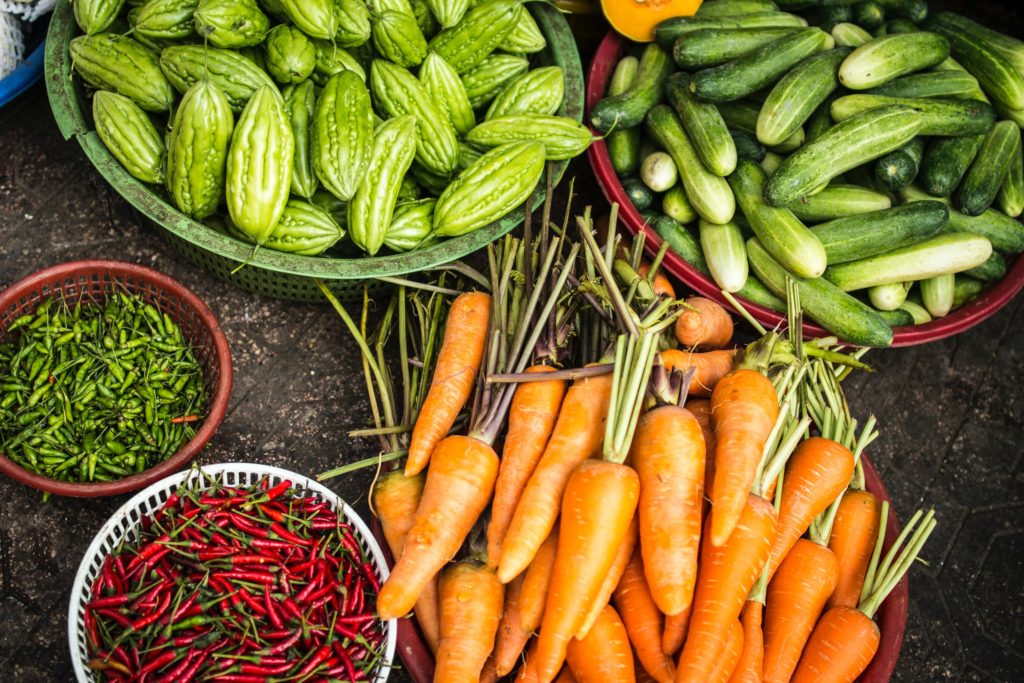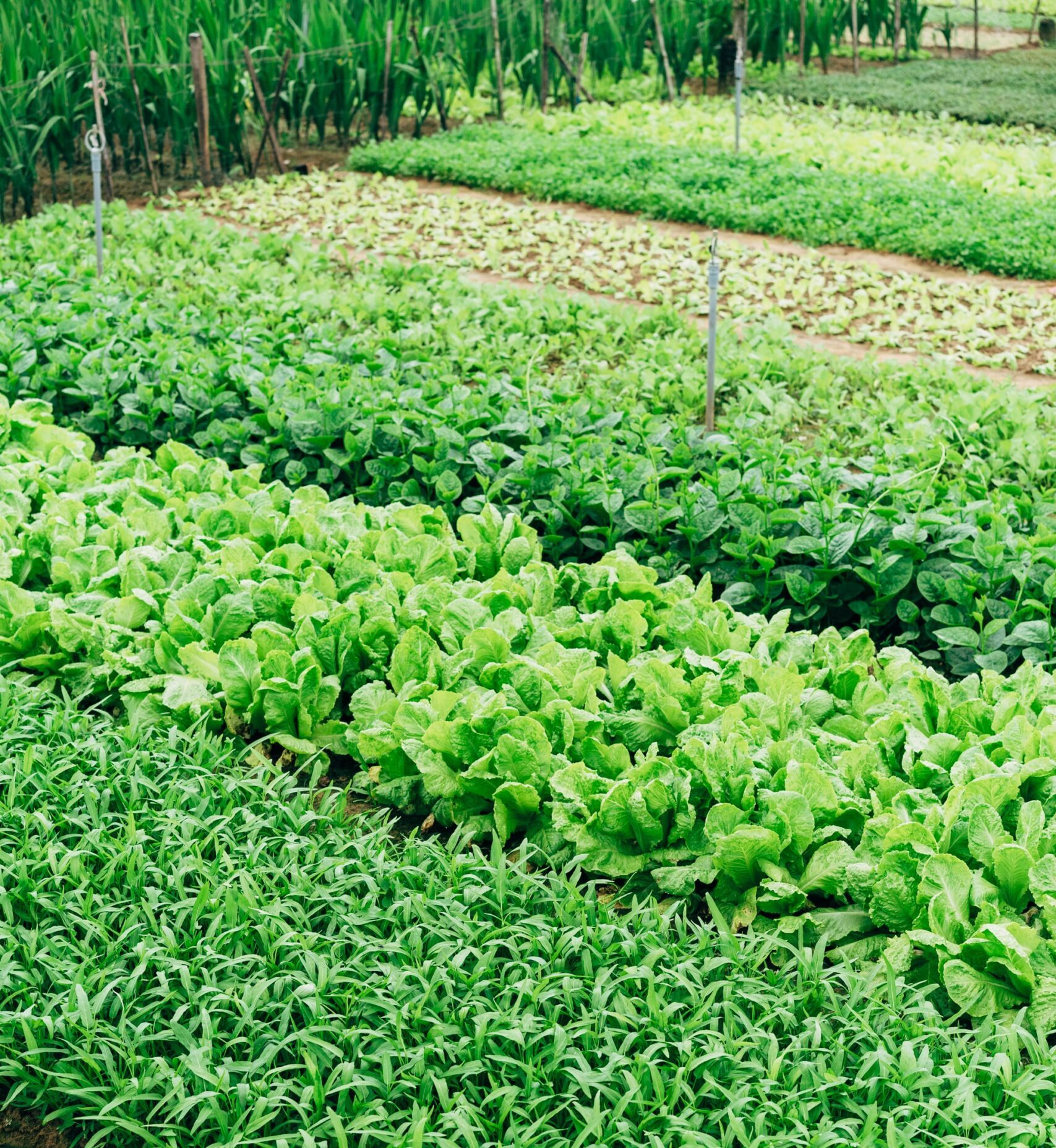It is estimated that about 30% of food in grocery stores is thrown away. This is not because of contamination, expired food, or recalls. This food is “too ugly” (it can be too large, too small, asymmetrical, discolored, etc.) to sell or was packaged incorrectly, or it just wasn’t sold before the next shipment came in. 931 million metric tons of food is wasted annually all over the world.
This is a major problem for several reasons. The first is that in the U.S. alone, 13.8 million households were food insecure in 2020. Millions of families could have access to food if grocery stores simply donated food they’re going to throw out anyway to non-profits. What’s more, every 100 pounds of food waste that end up sitting in the landfill releases 8.3 pounds of methane into our atmosphere. Methane is a greenhouse gas that exacerbates climate change 86 times more than carbon dioxide. So, redistributing food to millions of families will also help prevent climate change.
California has decided that enough is enough. After passing Senate Bill 1383, the state is actively fighting to cut down on food waste. The law will require businesses such as grocery stores and restaurants to reevaluate operation standards so that food is handled better and the physical appearance is not the determining factor of whether or not the food is of good quality. For food that is thrown away, the law is also now requiring businesses to donate 20% of it to recovery organizations. These changes are expected to be fully implemented by 2025. It is predicted that once the law is fully implemented in San Diego, it will prevent up to 127,000 metric tons of emissions every year.
This law in California is a great start to reducing food waste, and I would love to see something like this on the federal level, hopefully, paired up with a higher donation requirement. Luckily, local governments are not the only organizations that have identified food waste as a problem. Kroger and Walmart are two major grocery store chains trying to reduce their stores’ food waste. Both stores are part of the 10x20x30 initiative that aims to reach the United Nations’ Sustainable Development Goal (which calls for a 50% reduction in food loss and waste by 2030 worldwide) within the sector. Kroger focuses on donations with their partnership with Feeding America and reduces food waste by analyzing purchasing trends, so excess food is not ordered to the stores. On the other hand, Walmart focuses on supply chain handling to make sure that fresh food is safely delivered to the stores to prevent waste due to an unappealing appearance.
There are many smaller businesses that are trying to resell the “ugly” produce, and farmers’ markets are always a great place to go look as they’re less likely to throw food away for purely aesthetic reasons. We’re making good strides in reducing waste at the retail level. However, it’s still important to only buy what you need. If you feel like you won’t use that veggie or herb because you ran out of time in the week, try offering it to a friend or freezing it to use in a vegetable stock for the future!
Get more like this—Sign up for our daily inspirational newsletter for exclusive content!
____
Photo by Megan Thomas on Unsplash





